Last Updated on: 7th February 2023, 04:41 pm
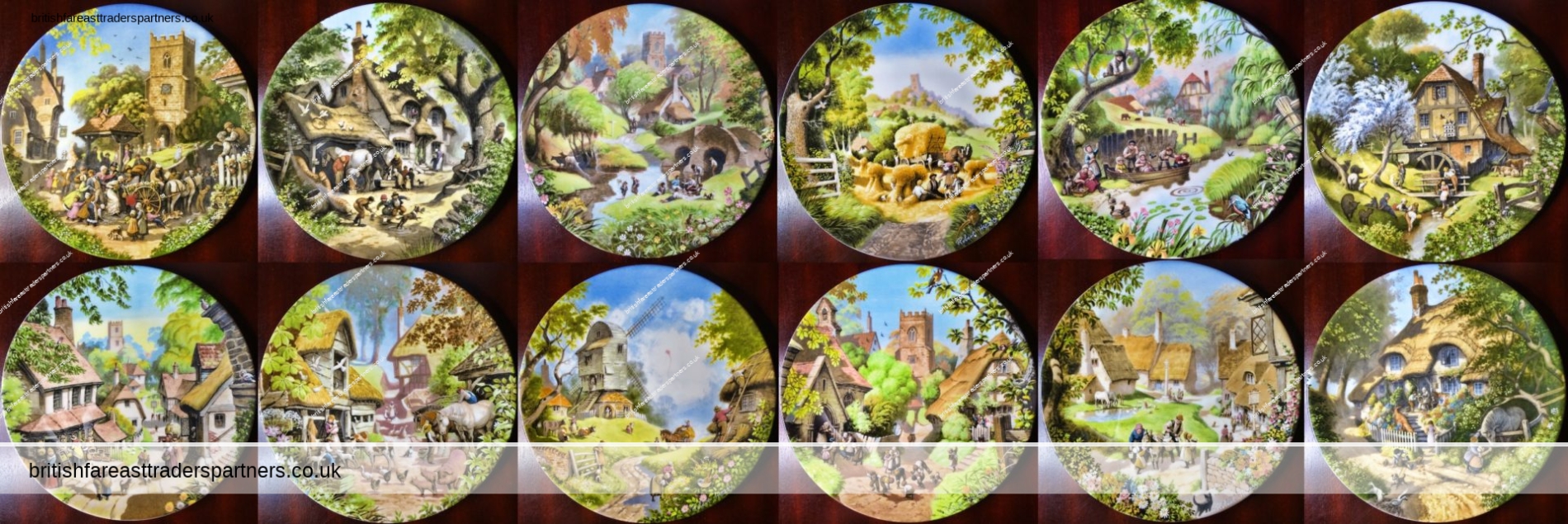
THE TALE OF A COUNTRY VILLAGE COLLECTORS’ PLATE SET OF 12 BY ROBERT HERSEY COALPORT FINE BONE CHINA MADE IN ENGLAND | DECORATIVE PLATES | DECOR | COLLECTABLES | LIFESTYLE | VILLAGE
- britishfareasttraderspartners_admin
- ARTWORKS, BRITISH, CERAMICS, COLLECTABLES / COLLECTIBLES, COUNTRYSIDE, CULTURE, ENGLAND, FARMHOUSE / BARN / COTTAGE LIVING, GIFT IDEAS, HERITAGE, HOBBIES / PASTIMES, HOME, LIFESTYLE, UNITED KINGDOM, VINTAGE, WALL ART, WELLBEING
- Art, Coalport, COUNTRY VILLAGE, Countryside / Countrylife, Decor, Decorative Plates, England/ English, Fine Bone China, Heritage, ROBERT HERSEY, United Kingdom
THE TALE OF A COUNTRY VILLAGE
COLLECTORS’ PLATE SET OF 12
BY ROBERT HERSEY
COALPORT FINE BONE CHINA
MADE IN ENGLAND |
DECORATIVE PLATES |
DECOR | COLLECTABLES |
LIFESTYLE | VILLAGE
Plate Diameter: Approx 21.5 cm
A Tale of a Country Village: An Overview of Robert Hersey’s Work
Robert Hersey was a British author
who wrote several novels, short stories, and other works in the early 1900s.
His most famous work is A Tale of a Country Village,
which was published in 1913.
This novel tells the story of the fictional village of Marple
and its inhabitants,
showing the struggles and joys that they faced day-to-day.
The novel focuses on Marple’s main characters,
including the titular protagonist, Miss Greeby.
Miss Greeby is a young woman who moves to the village
and quickly befriends the other residents.
Through her interactions with the villagers,
readers get a glimpse of their lives and the many difficulties they faced.
These range from poverty and illness, to love and betrayal.
A Tale of a Country Village is primarily a love story,
as Miss Greeby falls in love with the village’s doctor, Dr. Dyer.
However, the novel also touches on other issues,
such as religion, poverty, and social class.
One of the novel’s most important themes
is that of personal growth and change.
Throughout the novel,
Miss Greeby learns to accept and appreciate her new home
and the people who inhabit it.
The novel’s characters are diverse and complex.
While some are warm and welcoming,
others are more guarded and suspicious.
Hersey’s writing is full of vivid descriptions
and believable dialogue.
This helps to bring the characters to life
and make the reader feel as if they are part of the story.
A Tale of a Country Village is a timeless novel
that will appeal to readers of all ages.
It is the perfect mix of romance, drama, and humor,
and its themes of personal growth
and overcoming adversity still resonate today.
——-OOOOOOO——-
The History and Artistry of Coalport Pottery in England
Coalport pottery
is an iconic part of the history and culture of England.
Founded in 1795 in Coalbrookdale, Shropshire,
this pottery company was renowned
for its porcelain production and artistry.
In the 19th century,
Coalport was a major industrial producer of pottery,
supplying pieces to the royal courts,
a reflection of their quality craftsmanship.
The early Coalport pottery
was typically decorated with floral and scenic motifs,
often in light shades of blue, green, and pink.
In the early 19th century,
pieces began to be decorated with hand-painted and gilded designs,
sometimes featuring figures and narrative scenes.
This development was led by prolific artist William Billingsley,
who worked at the Coalport factory from 1795 to 1818.
The Coalport company also experimented with new types of pottery.
For example, they developed a new pinkish-red clay
that was known as ‘Coalbrookdale’ ware,
which was highly sought after by connoisseurs.
Coalport was also one of the first companies to produce porcelain figures,
often in the form of classical gods and goddesses,
which were popular with collectors.
In the mid-19th century,
Coalport was bought by the Wedgwood pottery company,
who continued to produce pieces
in the classic Coalport style for some time.
However, by the late 19th century,
Coalport pottery had largely moved away from its classical origins
and began producing pieces in more modern styles.
Today, Coalport pottery is highly sought after by collectors.
Pieces created in the early 19th century
remain some of the most highly valued pottery in England,
and pieces from the later periods of production
are also gaining in popularity.
Whether it be in the form of a classic figurine,
a hand-painted plate, or a delicate teacup,
Coalport pottery remains a sought-after reminder
of English ceramics and craftsmanship.
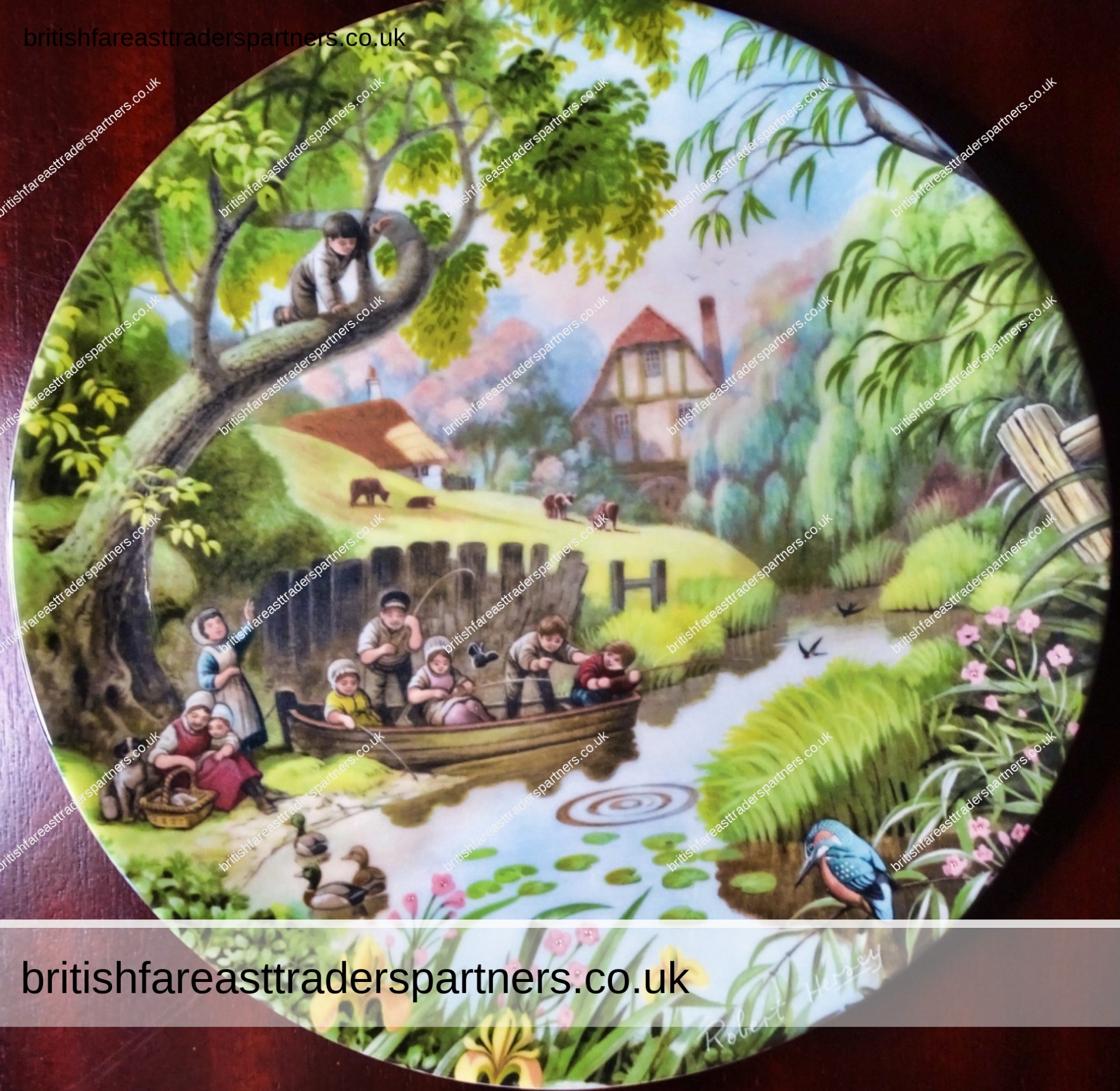
BY ROBERT HERSEY
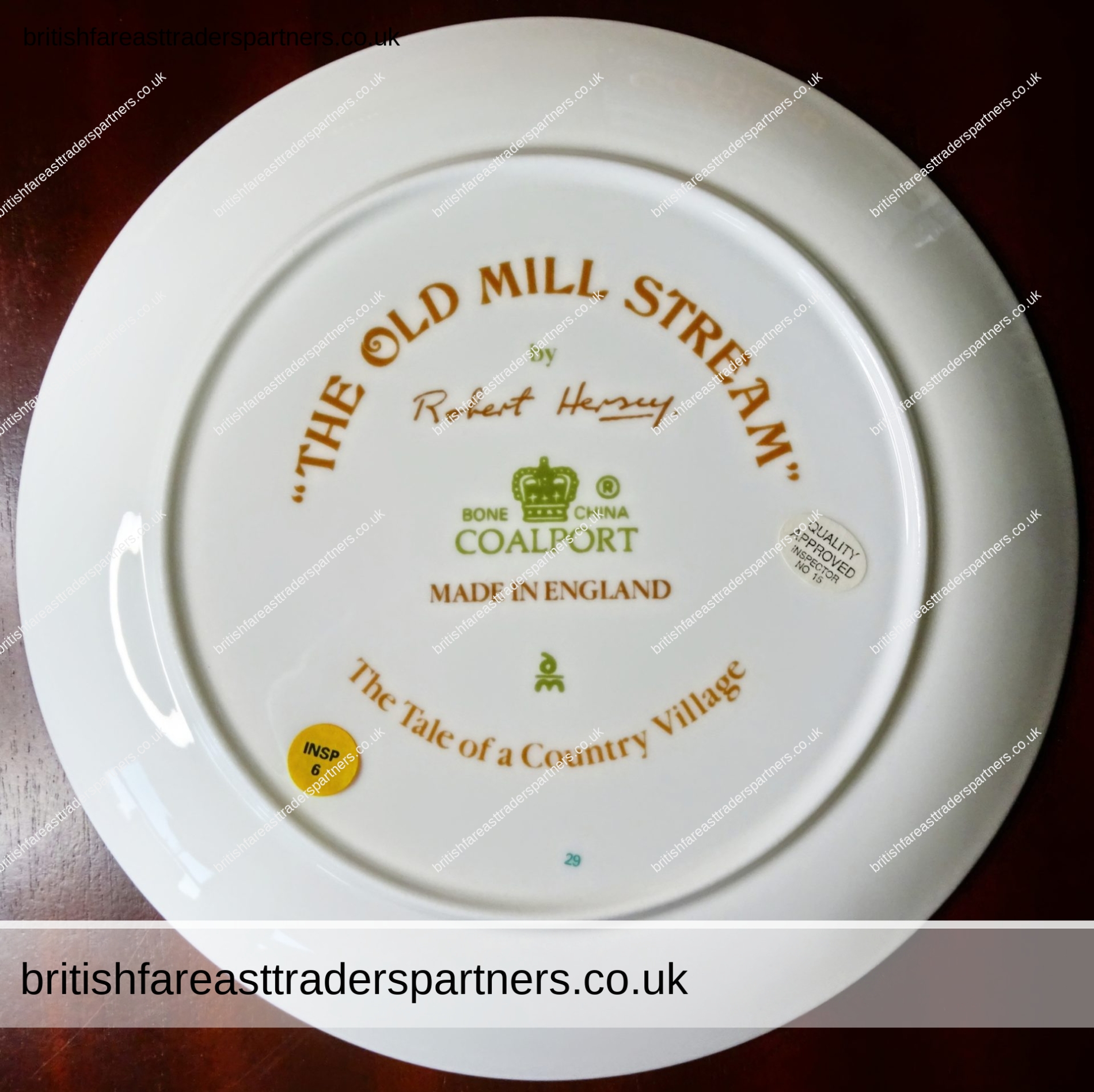
BY ROBERT HERSEY
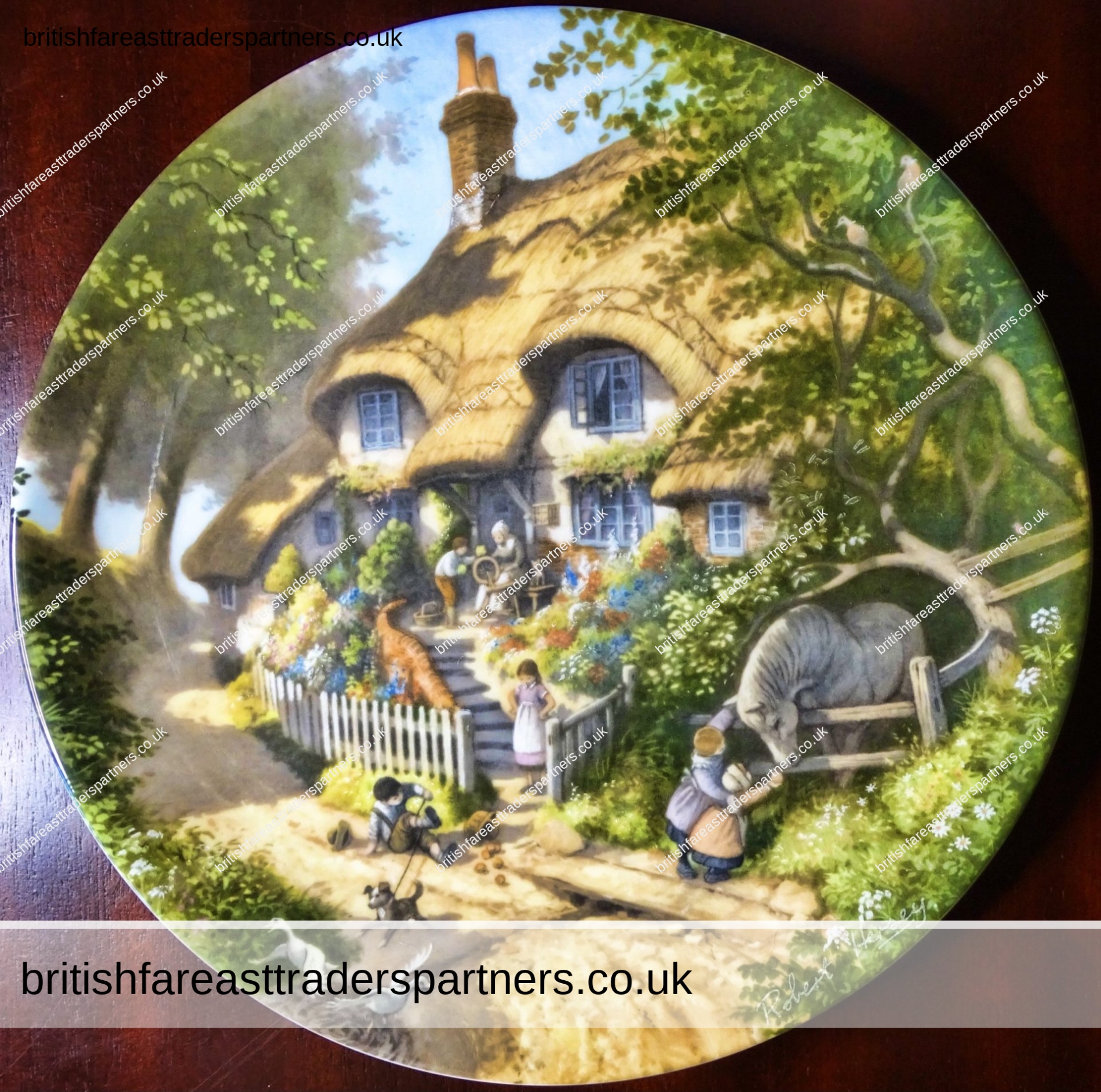
BY ROBERT HERSEY
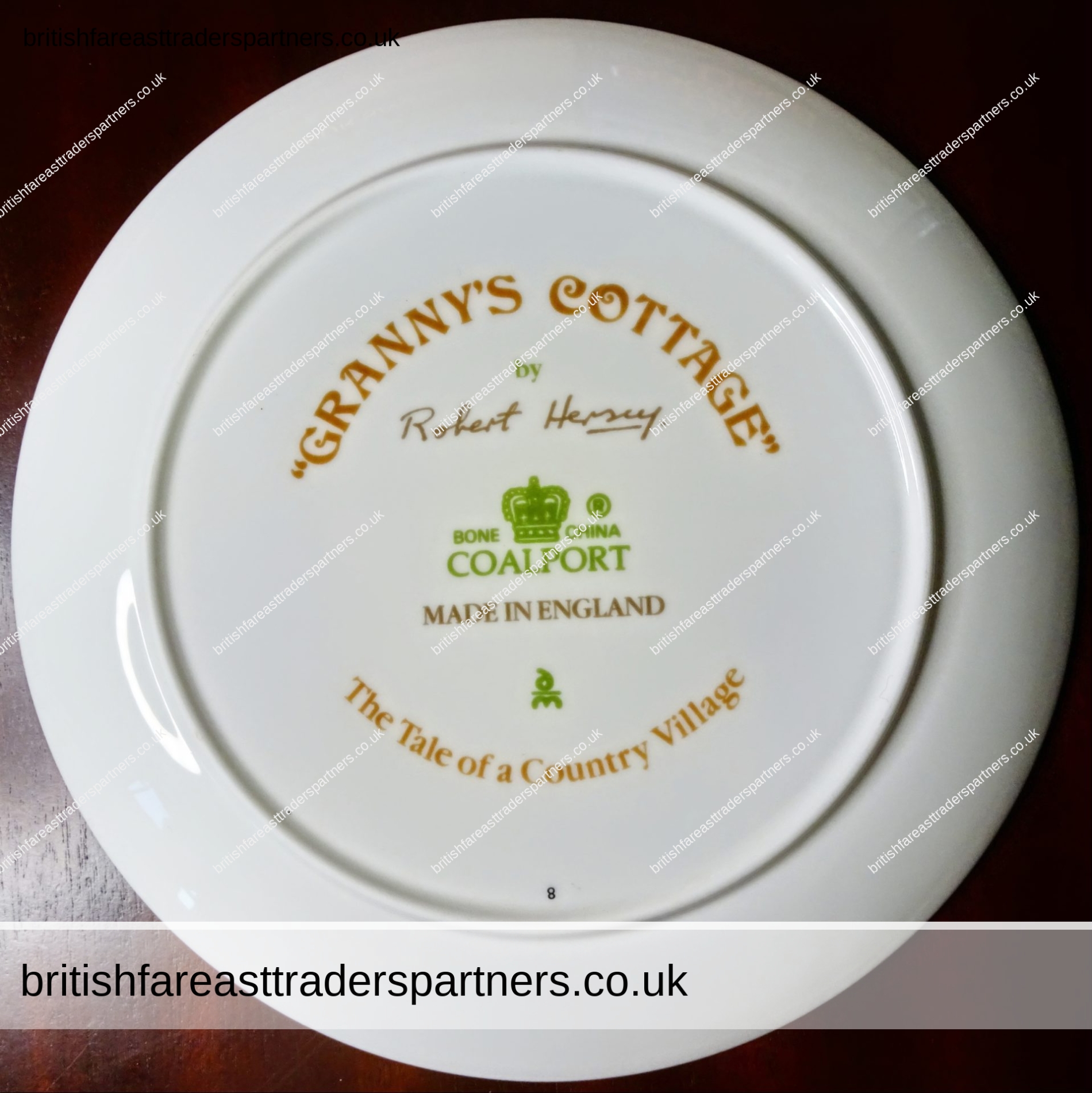
BY ROBERT HERSEY
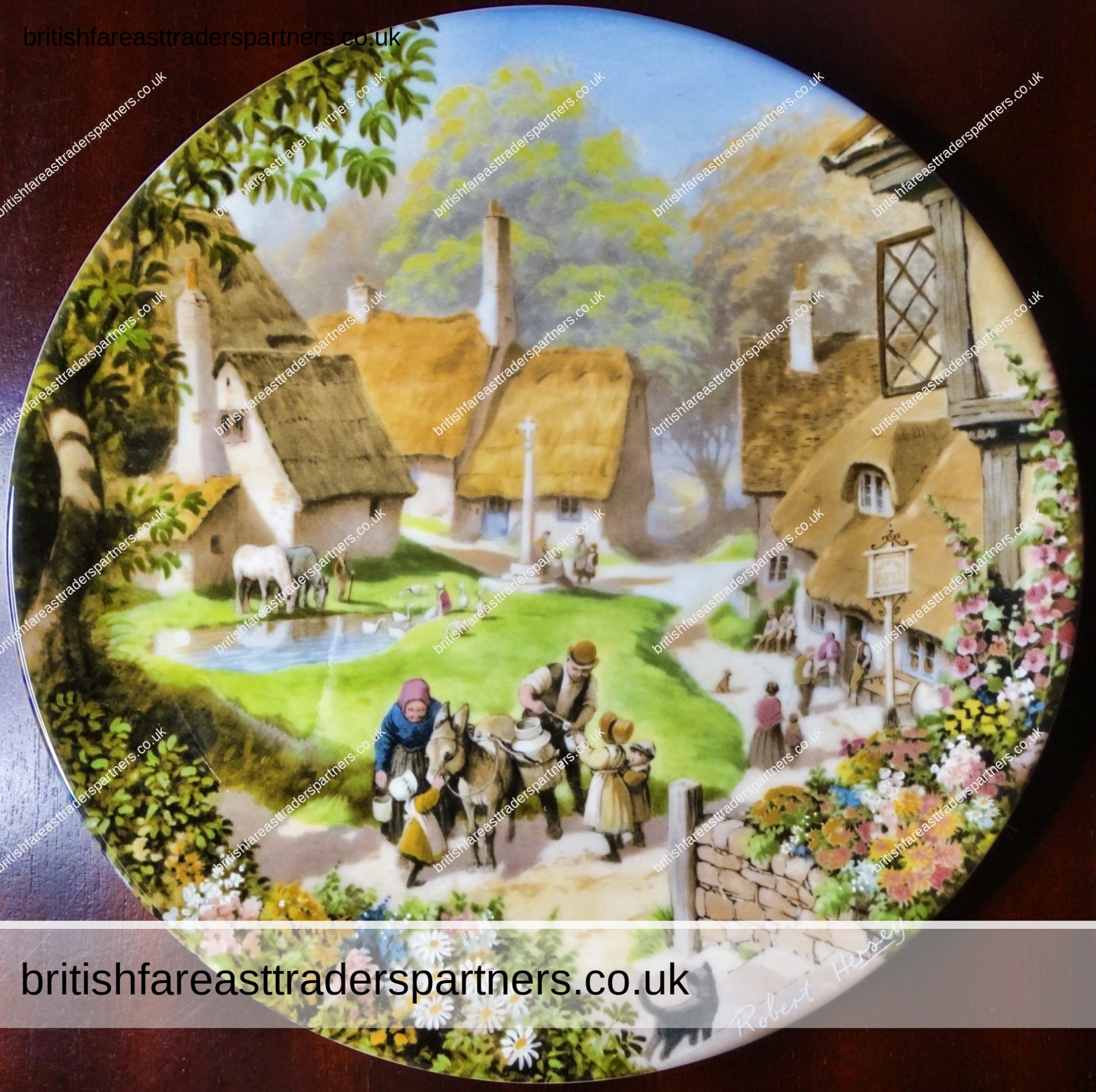
BY ROBERT HERSEY
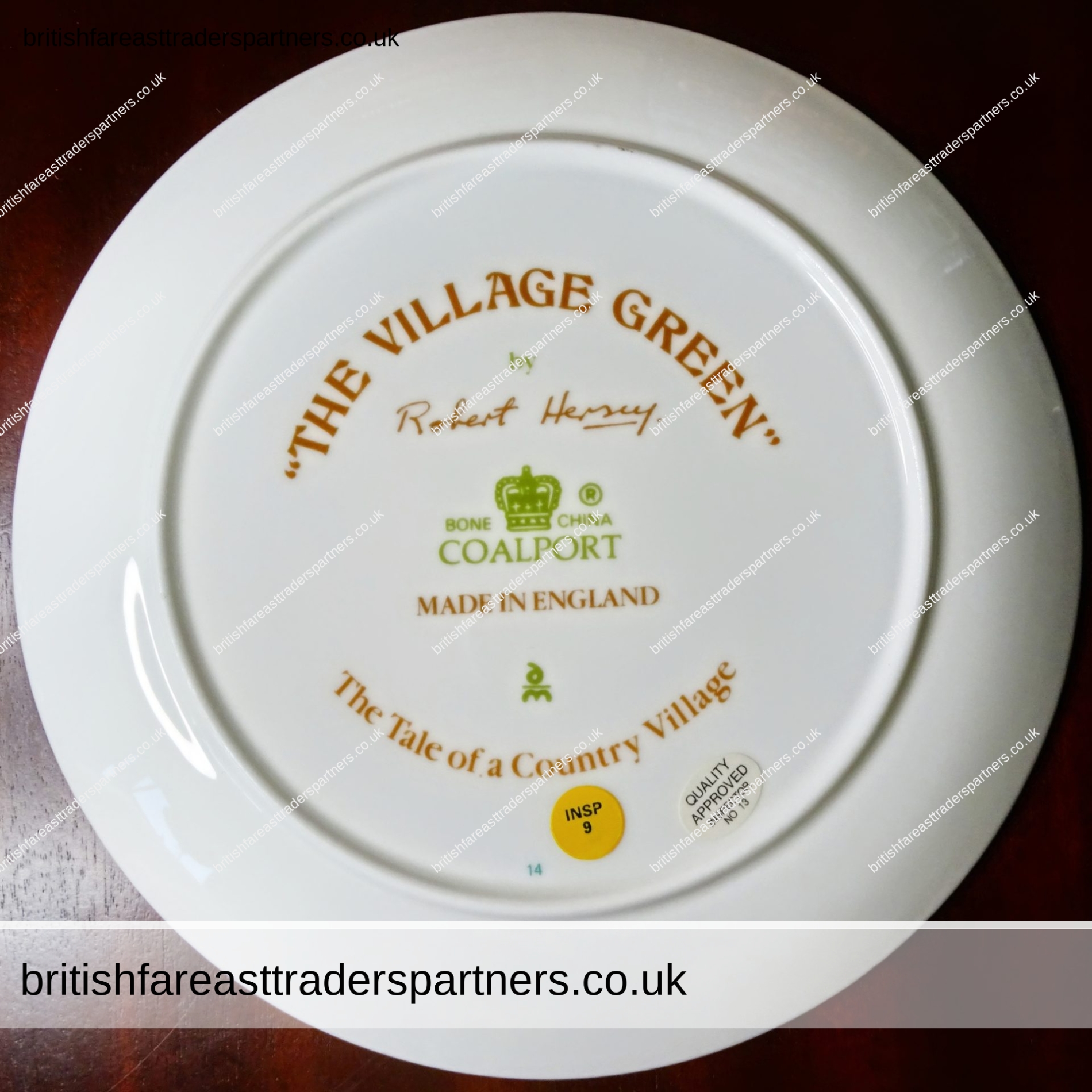
BY ROBERT HERSEY
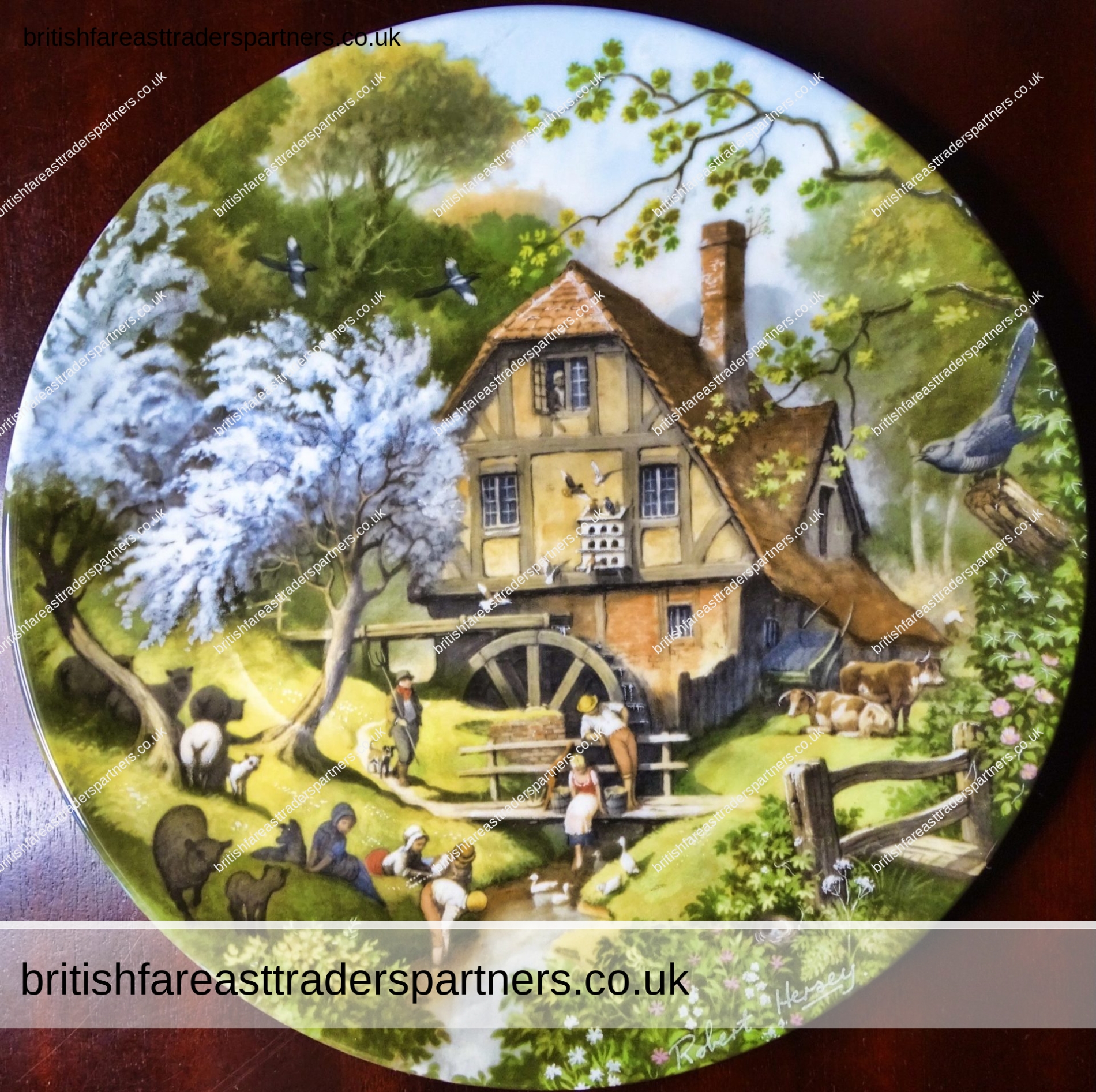
BY ROBERT HERSEY
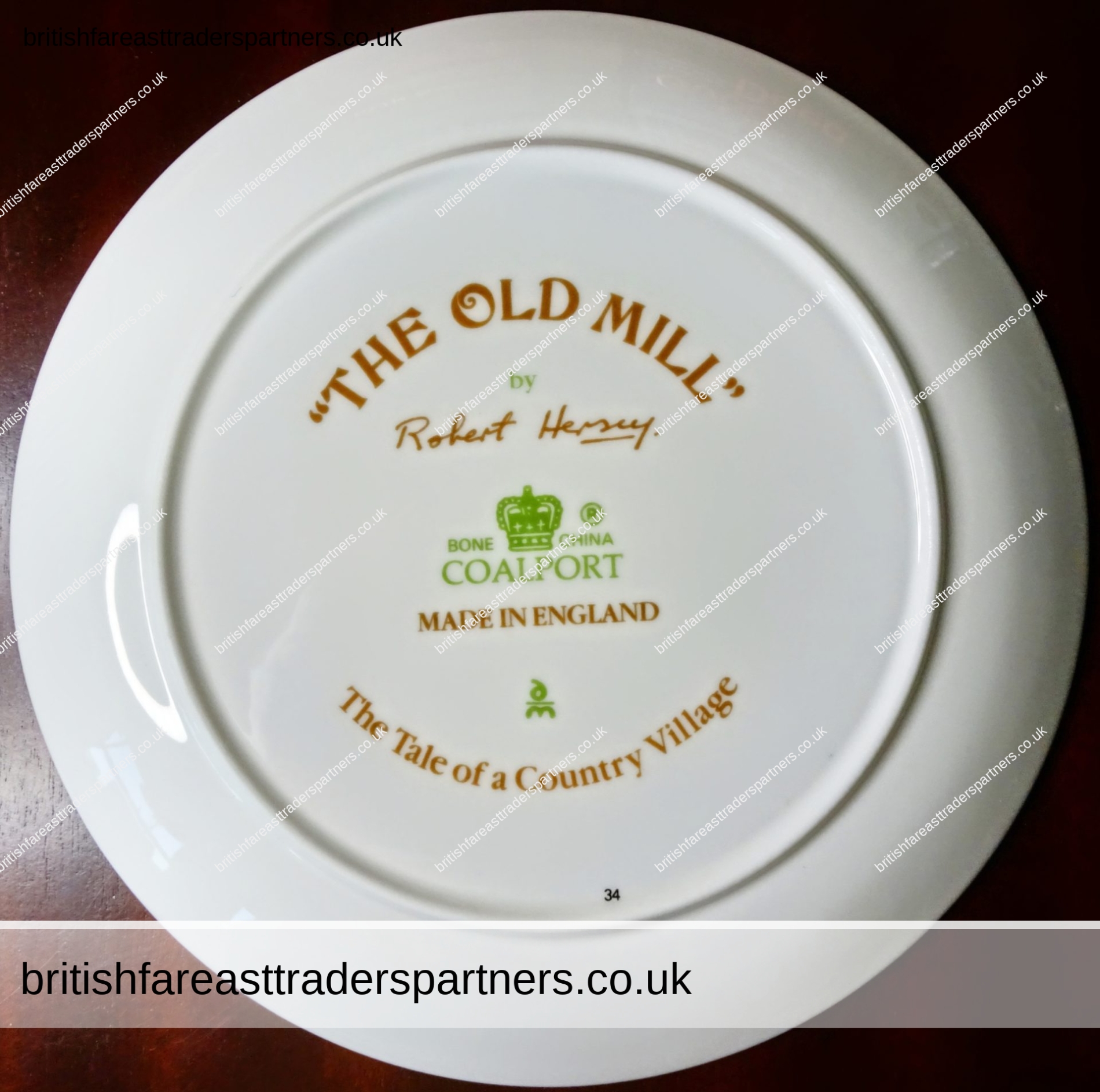
BY ROBERT HERSEY
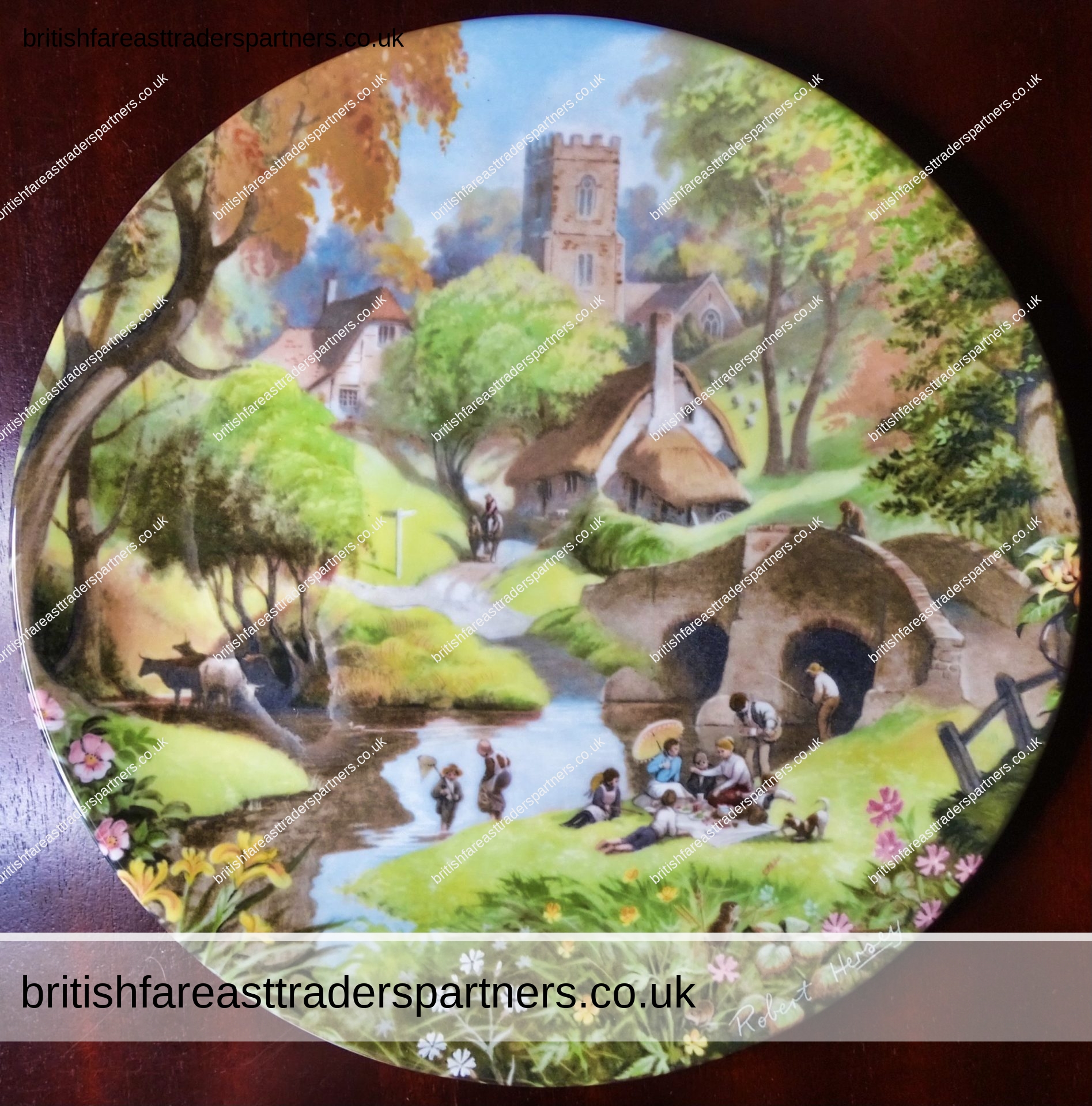
BY ROBERT HERSEY
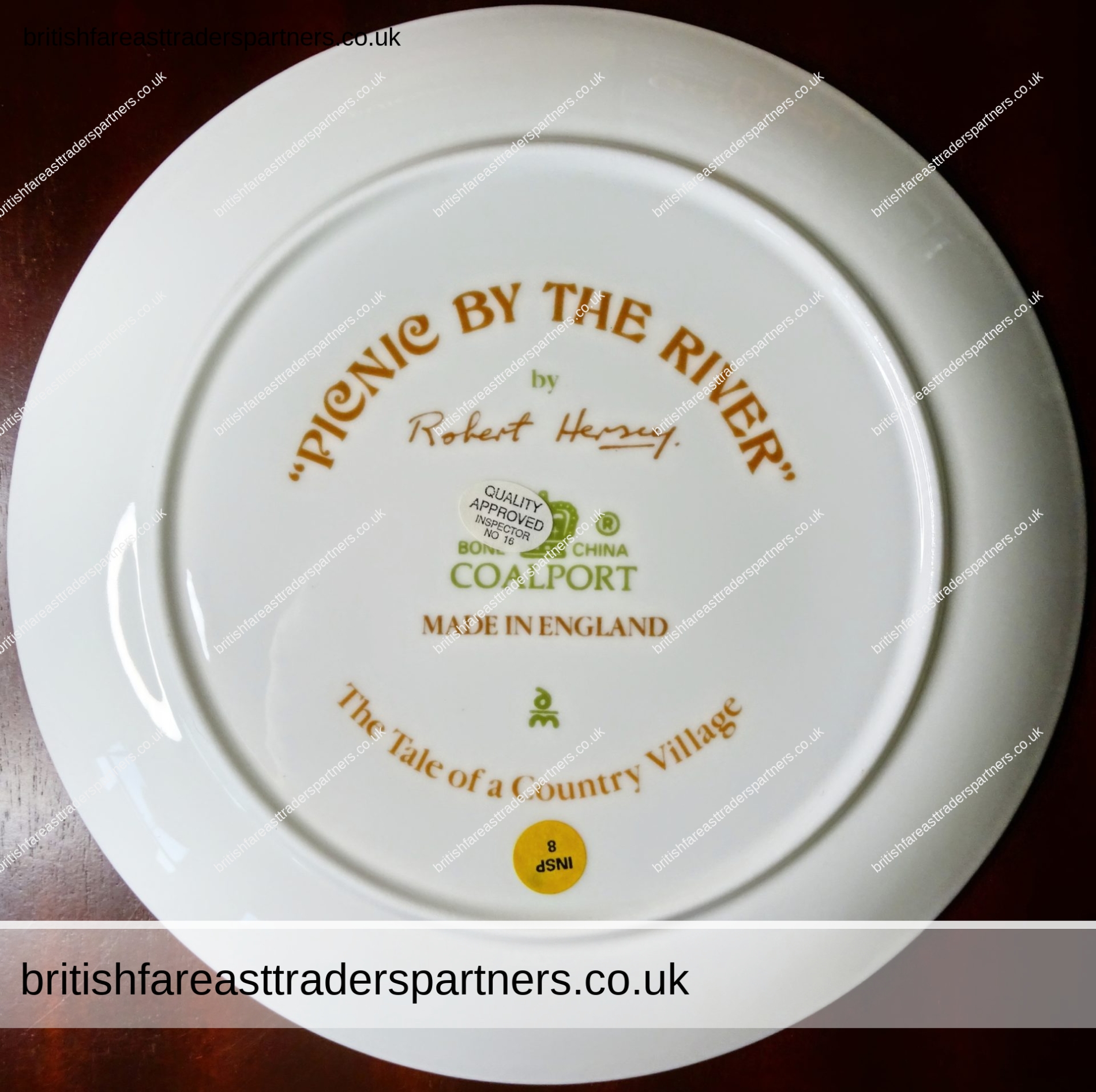
BY ROBERT HERSEY
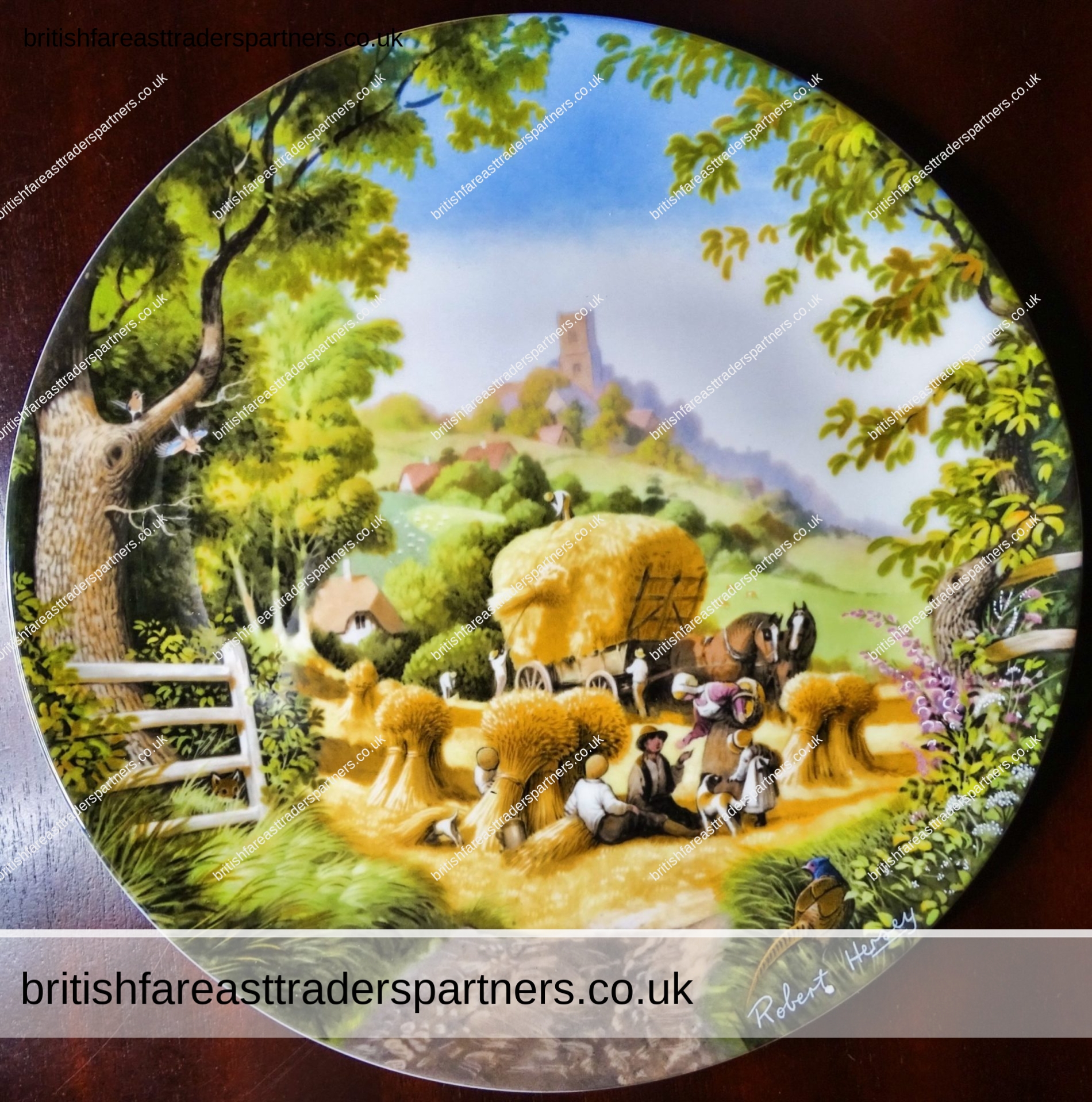
BY ROBERT HERSEY
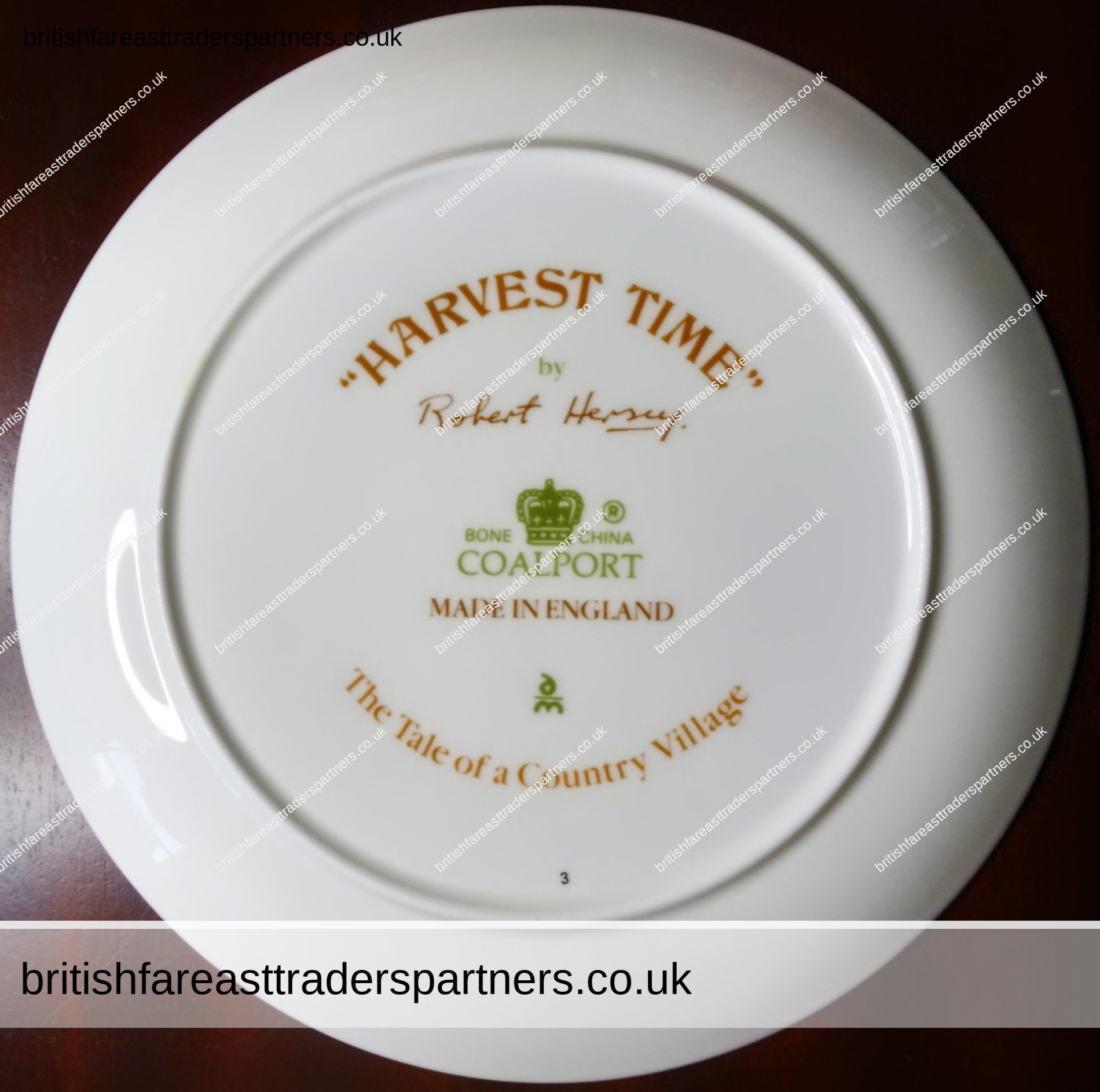
BY ROBERT HERSEY
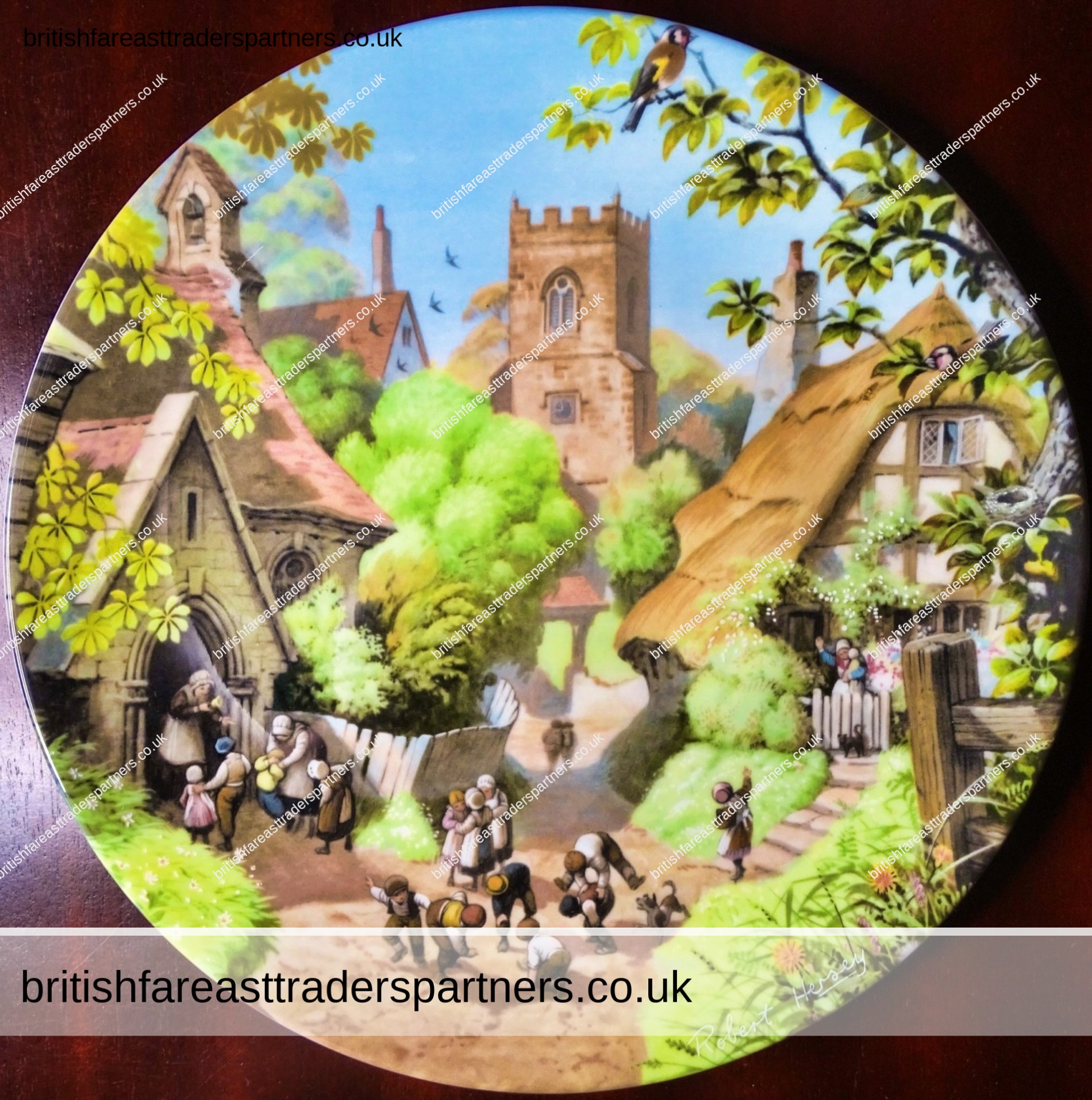
BY ROBERT HERSEY
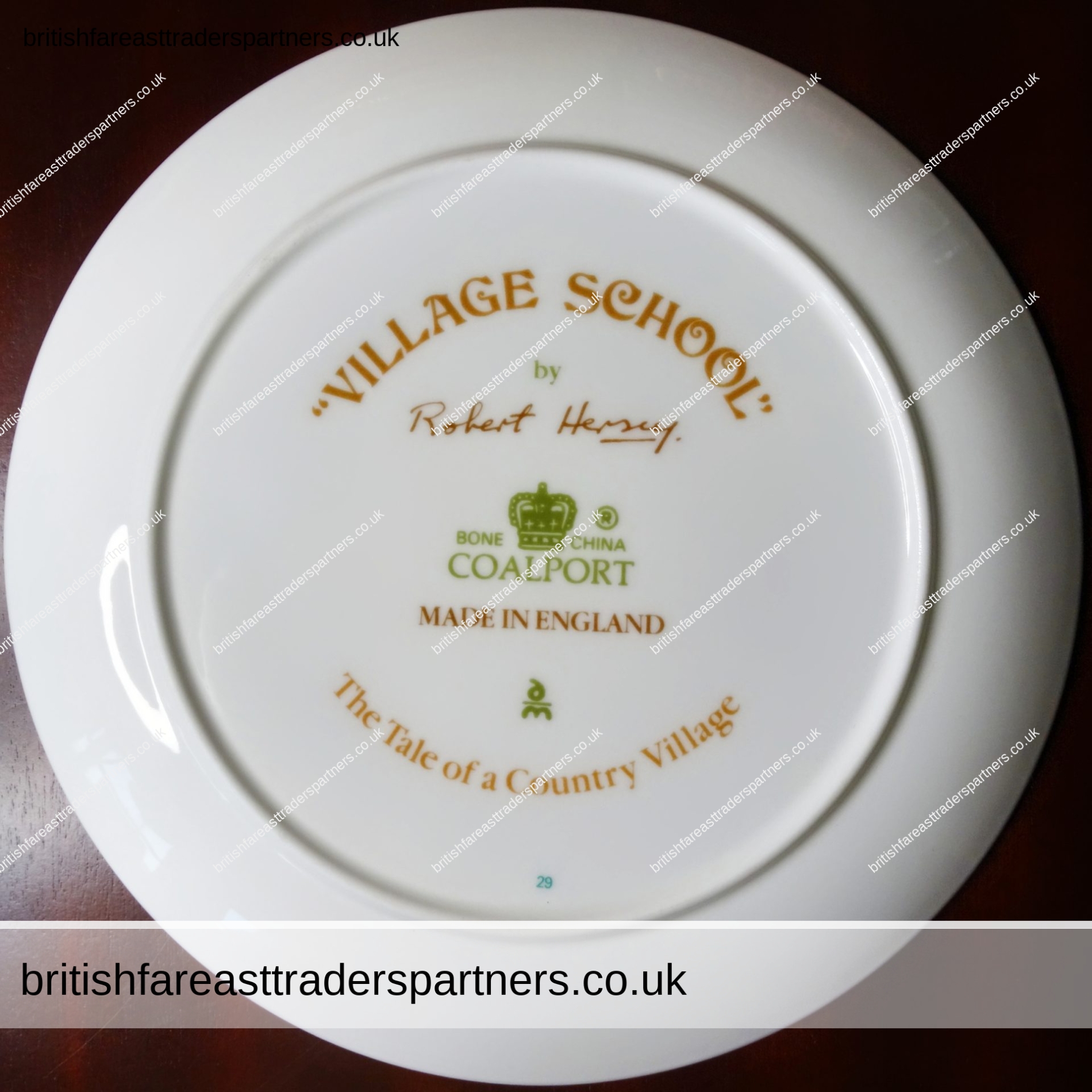
BY ROBERT HERSEY
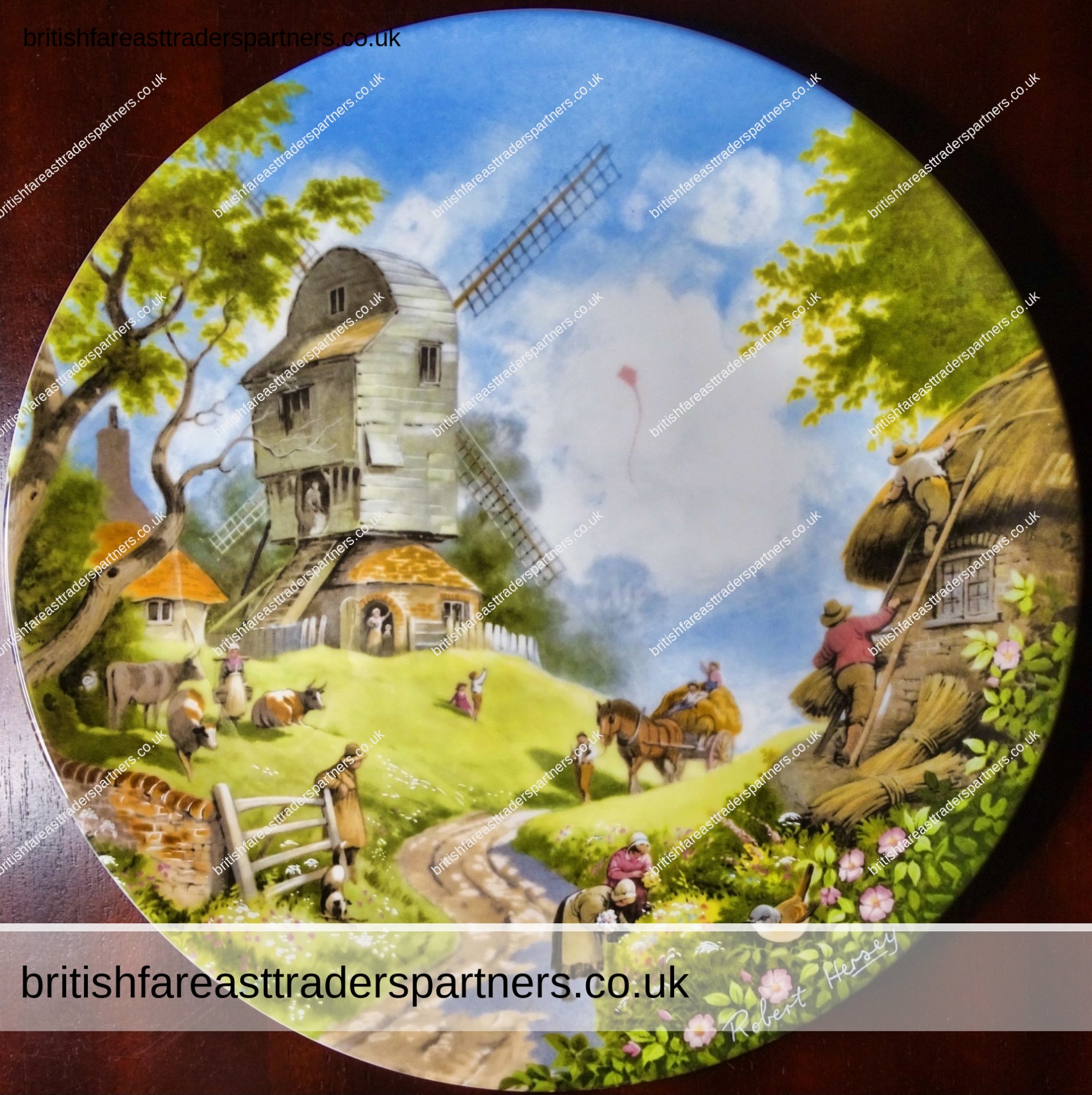
BY ROBERT HERSEY
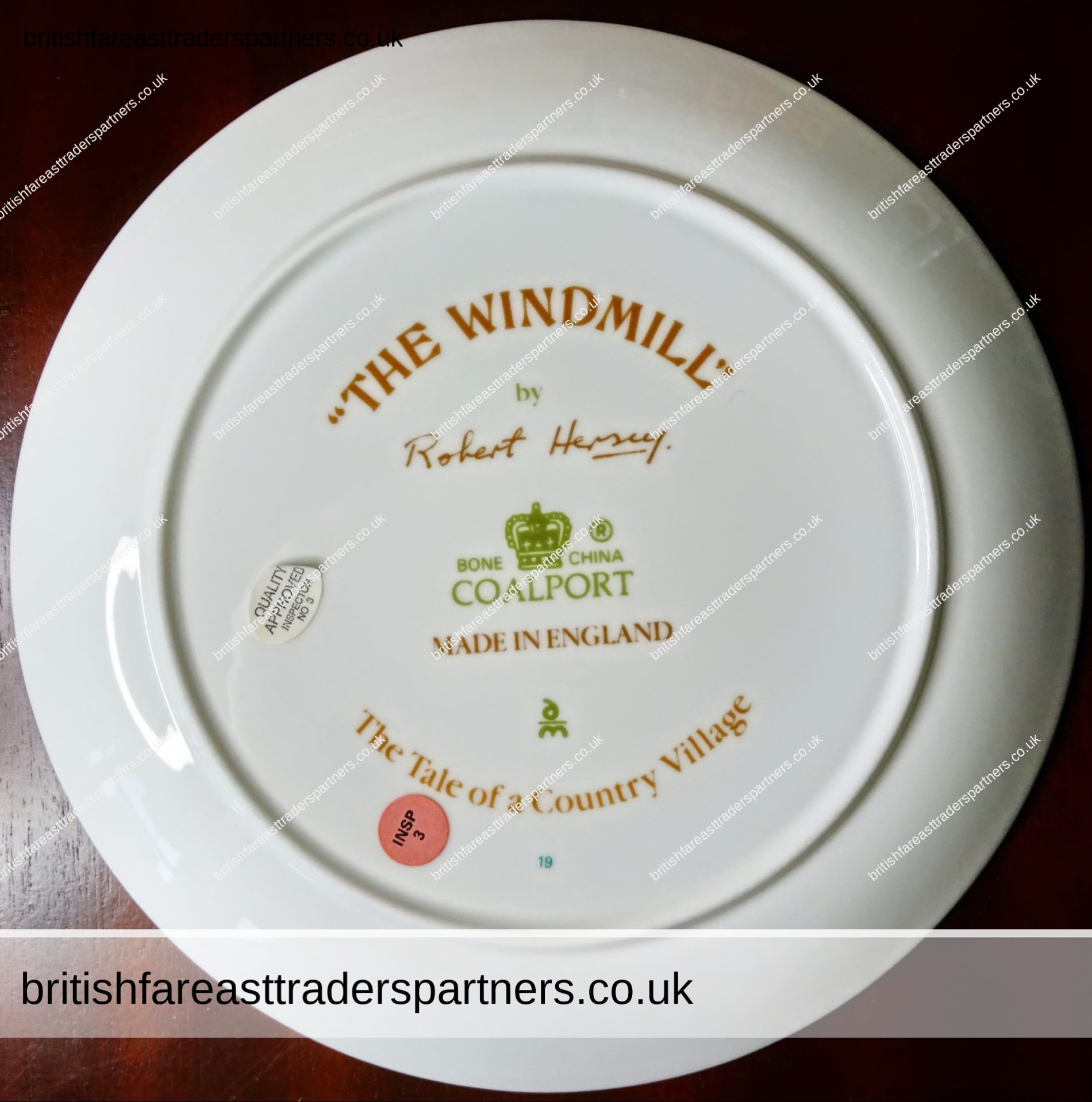
BY ROBERT HERSEY

BY ROBERT HERSEY
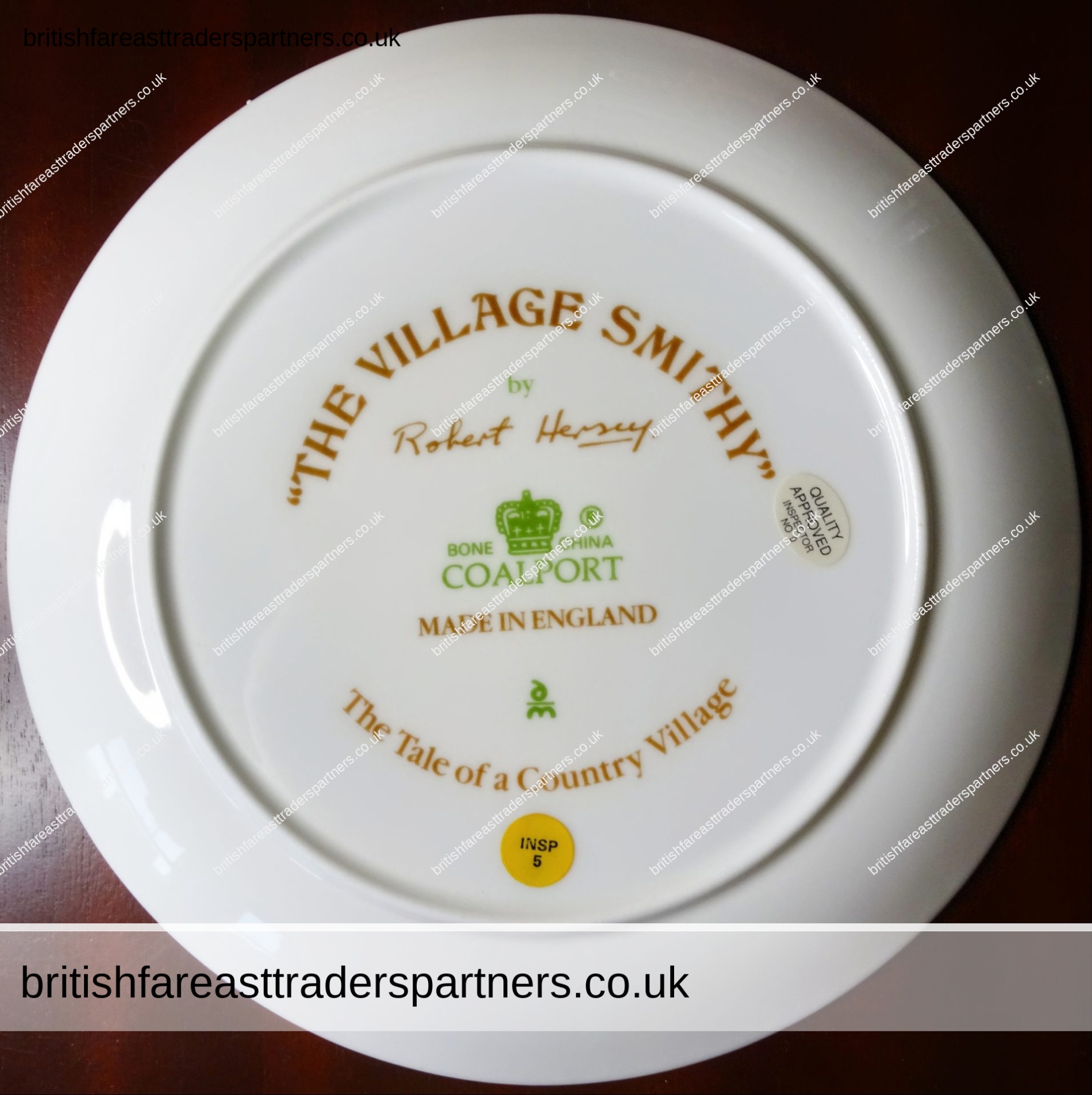
BY ROBERT HERSEY
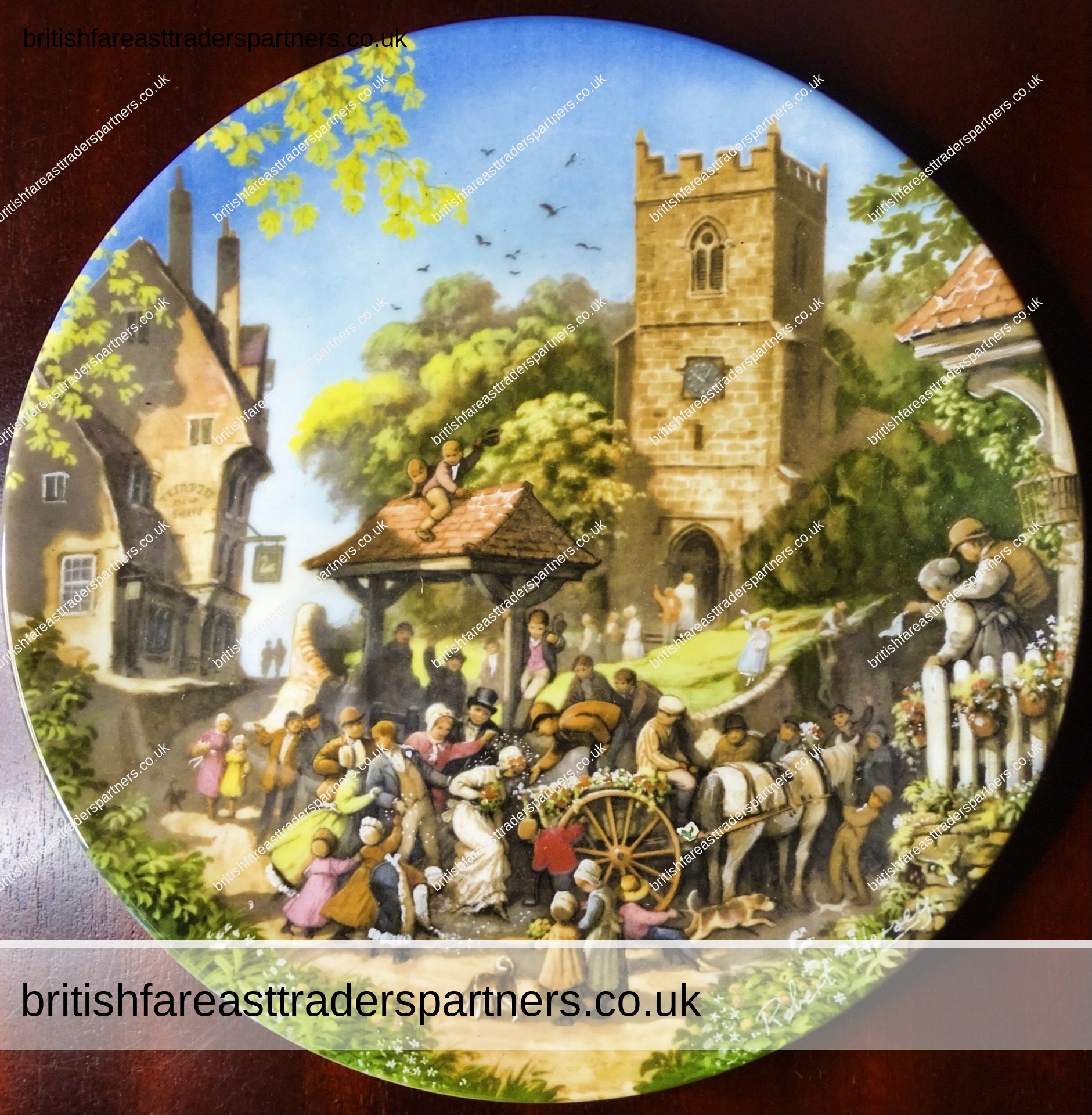
BY ROBERT HERSEY

BY ROBERT HERSEY

BY ROBERT HERSEY
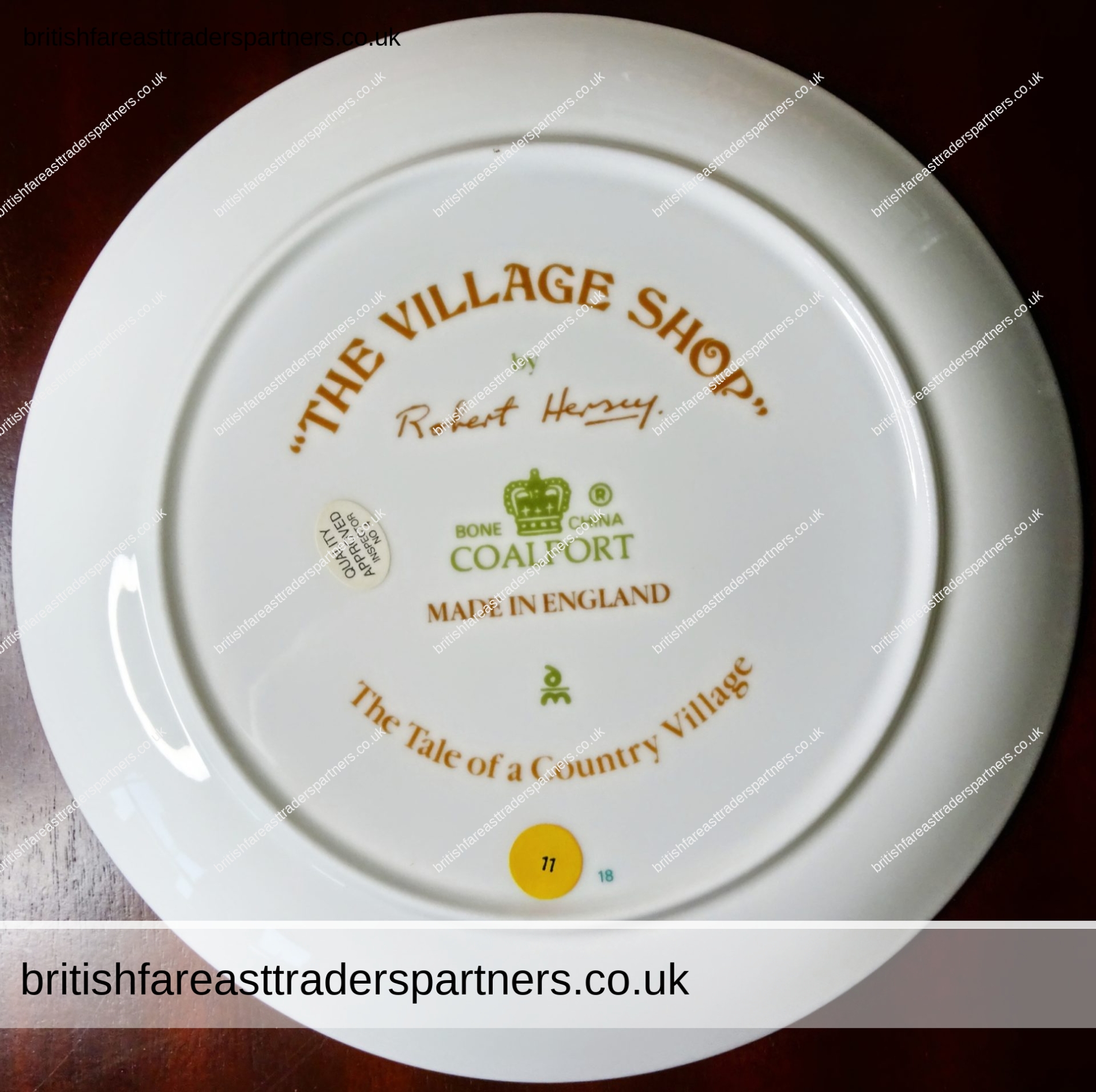
BY ROBERT HERSEY
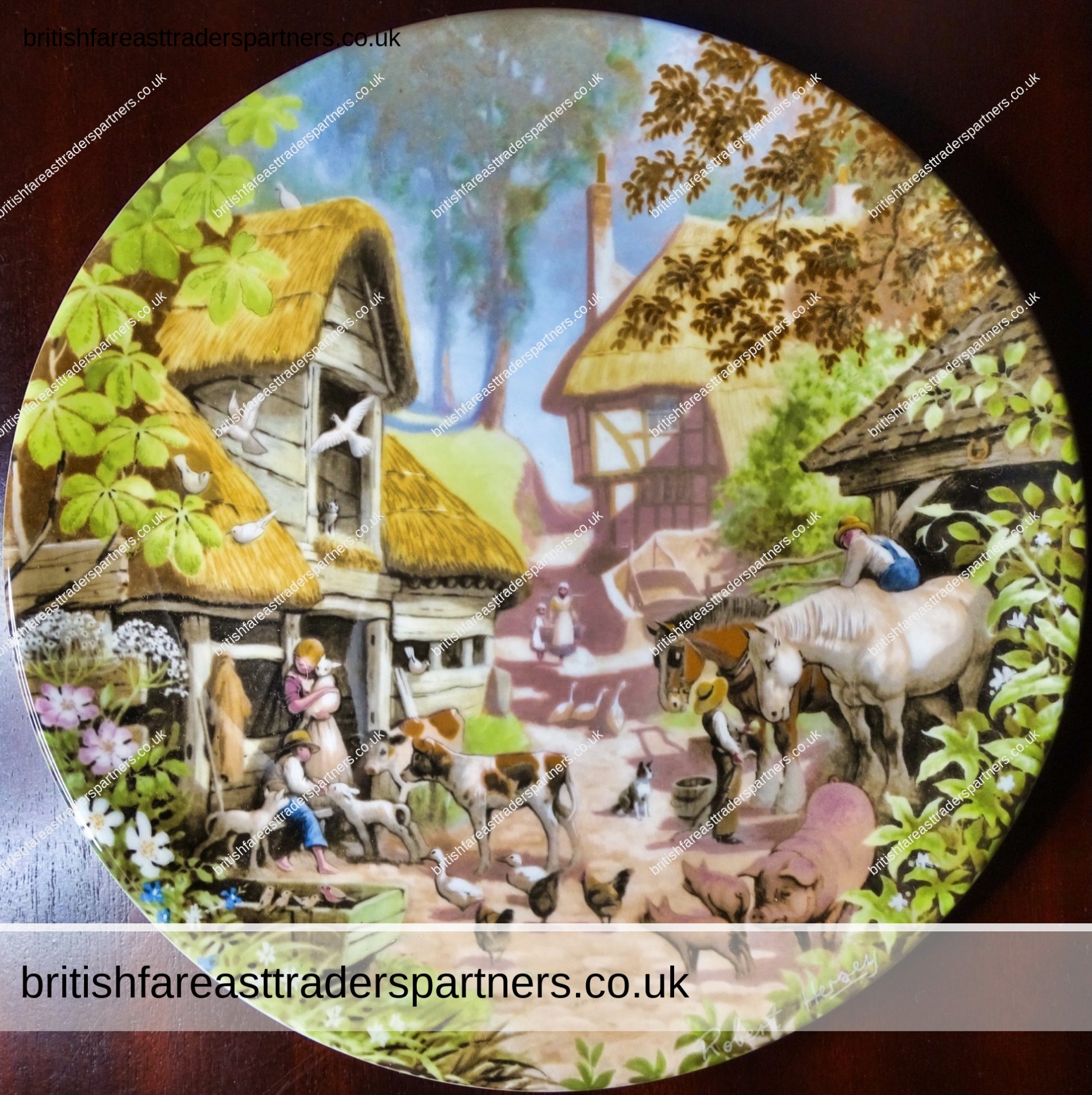
BY ROBERT HERSEY
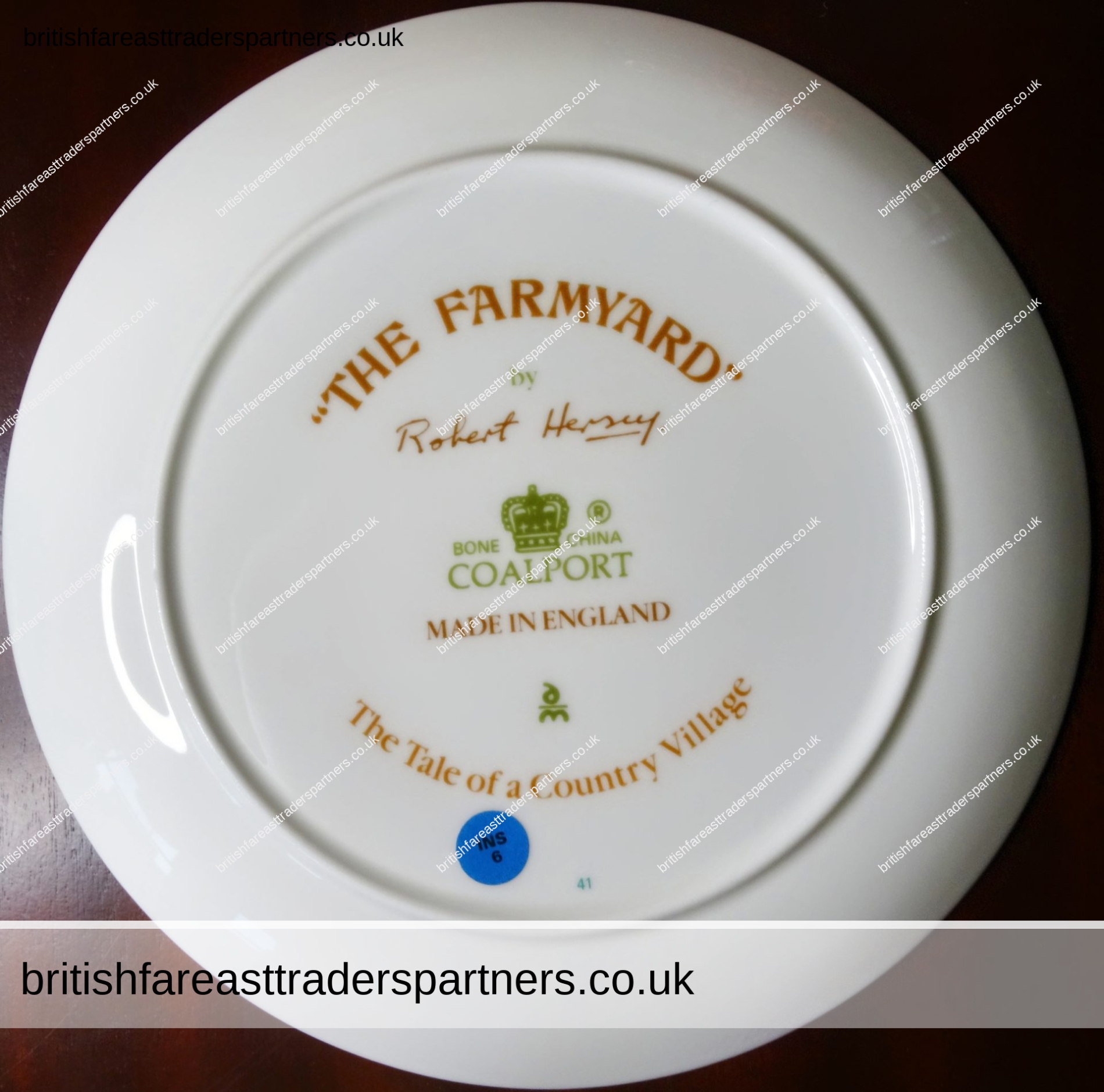
BY ROBERT HERSEY
Related posts:
- VINTAGE / ANTIQUE CHRISTMAS GREETINGS CARD “CHRISTMAS GREETINGS” E.H DAVIES ARTWORK YOUNG LADY & A GENTLEMAN VILLAGE / TOWN / COUNTRY PRINTED IN GREAT BRITAIN BRITISH | COLLECTABLES | PAPER & EPHEMERA GREETINGS CARD | CHRISTMAS VINTAGE / ANTIQUE CHRISTMAS GREETINGS CARD “CHRISTMAS GREETINGS”...
- VINTAGE CERAMICS SUMMER / AUTUMN FRUITS FRUIT DISH / CUP / SUGAR BOWL BRITISH CERAMICS | COLLECTABLES | DECOR | TABLEWARES VINTAGE CERAMICS SUMMER / AUTUMN FRUITS FRUIT...
- WHERE TO EAT IN SUSSEX: VISIT THE LAUGHING FISH IN ISFIELD UCKFIELD FOR A TASTE OF A TRADITIONAL SUSSEX VILLAGE PUB FOOD | PUBS & RESTAURANTS | LIFESTYLE | COUNTRYSIDE | TRADITIONAL ENGLISH FOOD WHERE TO EAT IN SUSSEX: VISIT...
- DAYS OUT IN ENGLAND: PICTURESQUE BOXHILL, SURREY, ENGLAND ...
- Discover Denbies Wine Estate: Surrey Hills’ Hidden Gem 🍇 Immerse yourself in the picturesque landscapes of Surrey Hills as...
- SOUTHEAST of ENGLAND among the TOP 5 MOST SUSTAINABLE REGIONS in the UK | SUSTAINABILITY | RENEWABLE ENERGY | GREEN ENERGY | ENGLAND | UNITED KINGDOM | ENVIRONMENT SOUTHEAST of ENGLAND among the TOP 5 MOST...
- ANTIQUE ITALY / ITALIAN HAND PAINTED ART POTTERY FLOWER JUG ANTIQUE ITALY HAND PAINTED JUG ART POTTERY VINTAGE & ANTIQUES...
- VINTAGE “VILLAGE LIFE’ “WASHING DAY” by ELIZABETH PAETZ- KALICH COLLECTOR PLATE VINTAGE ENGLISH COLLECTOR'S PLATE "VILLAGE LIFE" "WASHING DAY" PAINTED BY...
- WELCOME TO THE LAKE DISTRICT, ONE OF BRITAIN’S BEST-LOVED OUTDOOR DESTINATIONS OF ALL TIME SHOP FROM BRITISH & FAR EAST TRADERS & PARTNERS ONLINE...
- ANTIQUE “ROYAL CORONA WARE ROSETTA” S. HANCOCK & SONS STOKE-ON-TRENT ENGLAND JUG ANTIQUE ROYAL CORONA WARE JUG S. HANCOCK & SONS STOKE-ON-TRENT,...

